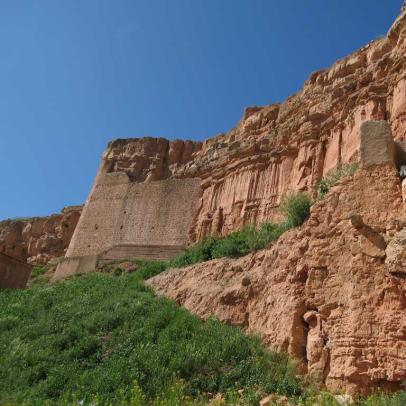Only the very curious tourists will be able to notice the walls of the hill on which the city rests and the remains of the castle, which is popularly known as Palafox (a tribute to Guillem de Palafox, who was the owner of the castle in the 14th century). The remains are scarce and dispersed in spite of the fact that this was one of the most important Islamic castles in the region. The castle’s continuing importance beyond the period of Islamic rule in Spain was due to the fact that it was situated in an important frontier site, separating the kingdoms of Aragón and Castile.
There are references to this Islamic castle in El Cantar de Mío Cid, which had to pay tribute to Rodrigo, just like Cetina, as he passed by the watershed of the river Jalón. In the year 1120 King Alfonso I gained control of the castle. In its most splendorous time, the area controlled by the Muslims extended all over the plateau, where Ariza was erected. It was constructed on an irregular base and it was structured around several concentric rings.
The tower, in ruins, and some parts of the wall, which may be seen at different points of the plateau, are the only visible remains at present. The figure of Sagrado Corazón de Jesús is situated on the main plot of land.
Rev. PAB 27.12.18





